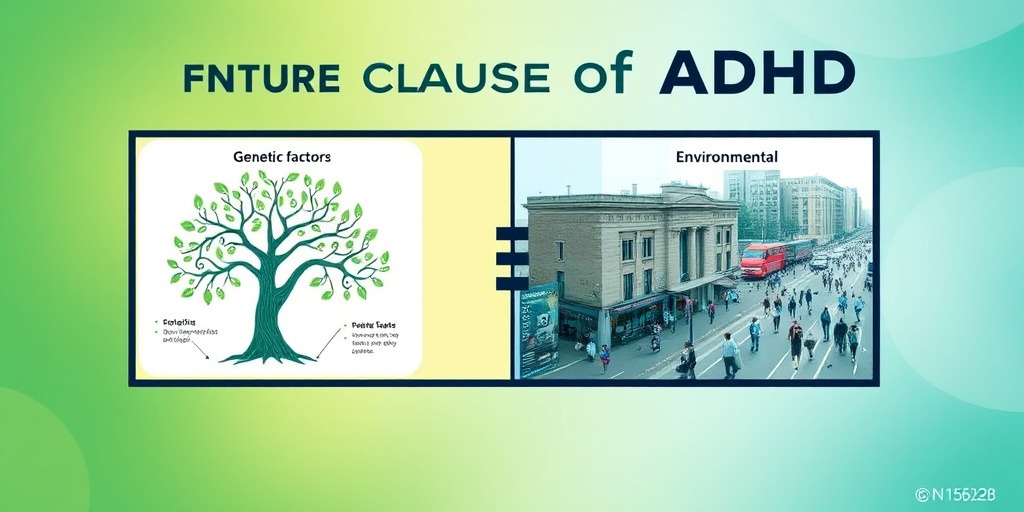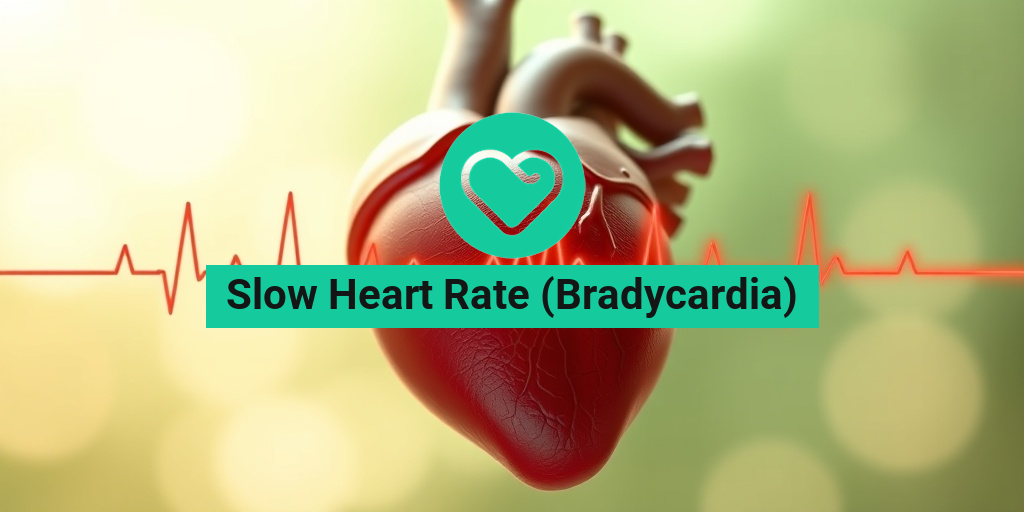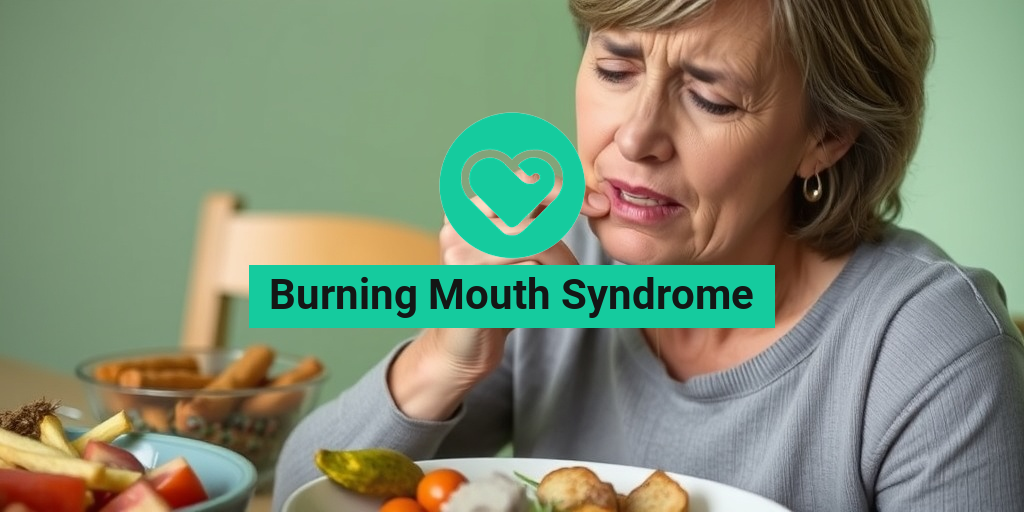What Is ADHD?
Attention-Deficit/Hyperactivity Disorder (ADHD) is a neurodevelopmental disorder that affects both children and adults. It is characterized by persistent patterns of inattention, hyperactivity, and impulsivity that interfere with functioning or development. While many people associate ADHD with children, it is important to note that this condition can continue into adulthood, affecting various aspects of life, including work, relationships, and daily activities.
The Meaning of Hyperactivity and ADHD
The term hyperactivity refers to excessive movement and an inability to stay still, which is often one of the most recognizable symptoms of ADHD. However, ADHD encompasses more than just hyperactivity. It includes a range of symptoms that can manifest differently in each individual. Understanding the full scope of ADHD is crucial for effective management and support.
Types of ADHD
ADHD is generally categorized into three types:
- Predominantly Inattentive Presentation: Individuals may struggle to focus, follow through on tasks, and organize activities. They may appear forgetful and easily distracted.
- Predominantly Hyperactive-Impulsive Presentation: This type is characterized by excessive fidgeting, talking, and difficulty waiting for one’s turn. Individuals may act without thinking.
- Combined Presentation: This is a mix of both inattentive and hyperactive-impulsive symptoms, making it the most common type of ADHD.
ADHD Symptoms
Recognizing the symptoms of ADHD is essential for early diagnosis and intervention. Symptoms can vary widely among individuals, but they generally fall into two categories: inattention and hyperactivity/impulsivity.
Inattention Symptoms
Individuals with ADHD may exhibit several signs of inattention, including:
- Difficulty Sustaining Attention: Trouble focusing on tasks or activities, especially those that are repetitive or boring.
- Careless Mistakes: Frequent errors in schoolwork or other activities due to a lack of attention to detail.
- Forgetfulness: Regularly forgetting daily tasks, appointments, or obligations.
- Difficulty Organizing Tasks: Struggling to manage time and prioritize responsibilities effectively.
Hyperactivity and Impulsivity Symptoms
Hyperactivity and impulsivity can manifest in various ways, such as:
- Fidgeting or Tapping: Inability to stay still, often resulting in tapping hands or feet.
- Excessive Talking: Talking more than others in conversations or interrupting frequently.
- Difficulty Waiting: Trouble waiting for one’s turn in group settings or activities.
- Impulsive Decisions: Making hasty decisions without considering the consequences, which can lead to risky behaviors.
ADHD in Different Populations
ADHD is not limited to children; it can also affect adults and women. In adults, symptoms may manifest differently, often leading to challenges in maintaining relationships, managing work responsibilities, and coping with daily stressors. Women with ADHD may experience unique challenges, such as hormonal fluctuations that can exacerbate symptoms.
Seeking Help and Diagnosis
If you or someone you know is experiencing symptoms of ADHD, it is crucial to seek professional help. A comprehensive evaluation by a healthcare provider can lead to an accurate diagnosis and appropriate treatment options. Treatment may include behavioral therapy, medication, or a combination of both.
For those looking for more information on ADHD and its management, resources like Yesil Health AI (yesilhealth.com) can provide evidence-based answers and support.
Understanding ADHD is the first step toward effective management and support. By recognizing the symptoms and seeking help, individuals can lead fulfilling lives despite the challenges posed by this disorder. 🌟

Hyperactivity Explained
Hyperactivity is often associated with Attention-Deficit/Hyperactivity Disorder (ADHD), a condition that affects both children and adults. But what does hyperactivity really mean? In simple terms, it refers to an excessive level of activity that is inappropriate for a given situation. Individuals with hyperactivity may find it challenging to sit still, often fidgeting or moving around constantly. This behavior can manifest in various ways, impacting daily life, relationships, and academic or work performance.
Understanding Hyperactivity in ADHD
Hyperactivity is one of the core symptoms of ADHD, which is characterized by a persistent pattern of inattention and/or hyperactivity-impulsivity. Here are some common signs of hyperactivity:
- Fidgeting: Individuals may tap their hands or feet, or squirm in their seats.
- Inability to stay seated: This is particularly noticeable in structured settings like classrooms or meetings.
- Running or climbing: Children may engage in these behaviors in inappropriate situations.
- Talking excessively: This can include interrupting others or blurting out answers before questions are completed.
It’s important to note that hyperactivity can look different depending on the individual. For instance, while children may exhibit overt hyperactive behaviors, adults with ADHD might experience more subtle forms of restlessness, such as feeling an internal sense of agitation or having racing thoughts.
Hyperactivity in Different Age Groups
Hyperactivity can present differently across various age groups:
- In Children: Hyperactive children often struggle to remain still, which can lead to difficulties in school settings. They may be labeled as troublemakers or disruptive, but understanding their condition is crucial for providing appropriate support.
- In Adults: Adults with hyperactivity may not exhibit the same level of physical restlessness as children. Instead, they might feel an overwhelming urge to stay busy or may find it hard to relax, often leading to challenges in managing stress and maintaining focus.
- In Women: Hyperactivity in women can sometimes be overlooked, as symptoms may manifest differently than in men. Women may experience more internalized symptoms, such as anxiety or mood swings, which can complicate diagnosis and treatment.
ADHD Causes
The exact causes of ADHD, including hyperactivity, are not fully understood, but research suggests that a combination of genetic, environmental, and neurological factors contribute to its development. Here’s a closer look at some of the potential causes:
Genetic Factors
ADHD tends to run in families, indicating a strong genetic component. Studies have shown that if a parent has ADHD, their child is more likely to develop the condition as well. Specific genes related to neurotransmitter function, particularly dopamine, have been implicated in ADHD.
Environmental Influences
Environmental factors can also play a significant role in the development of ADHD. Some of these include:
- Exposure to toxins: Pregnant women who are exposed to substances like tobacco smoke, alcohol, or drugs may increase the risk of their child developing ADHD.
- Gestational diabetes: Research indicates that children born to mothers who experienced gestational diabetes may have a higher likelihood of developing ADHD and externalizing behaviors.
- Low birth weight: Babies born with low birth weight or those who experience premature birth may be at a greater risk for ADHD.
Neurological Factors
Brain structure and function also play a crucial role in ADHD. Studies using brain imaging techniques have shown that individuals with ADHD may have differences in brain areas responsible for attention, impulse control, and executive function. These neurological differences can affect how individuals process information and regulate their behavior.
Other Contributing Factors
While genetics and environment are significant, other factors may contribute to the onset of ADHD:
- Diet: Some studies suggest that certain dietary factors, such as food additives and sugar, may exacerbate symptoms in some individuals.
- Sleep disturbances: Poor sleep quality can worsen ADHD symptoms, leading to increased hyperactivity and inattention.
Understanding the causes of hyperactivity and ADHD is essential for effective management and treatment. By recognizing the multifaceted nature of these conditions, individuals and families can seek appropriate support and interventions to improve quality of life. 🌟

Risk Factors for ADHD
Attention-Deficit/Hyperactivity Disorder (ADHD) is a complex condition that affects both children and adults. Understanding the risk factors for ADHD can help in early identification and management of the disorder. While the exact cause of ADHD remains unclear, several factors have been identified that may increase the likelihood of developing this condition.
Genetic Factors
One of the most significant risk factors for ADHD is genetics. Studies suggest that ADHD tends to run in families, indicating a hereditary component. If a parent or sibling has ADHD, the chances of a child developing the disorder increase significantly. Research has identified specific genes associated with neurotransmitter regulation, which may play a role in the development of ADHD.
Environmental Influences
Environmental factors can also contribute to the risk of developing ADHD. Some of these include:
- Exposure to Toxins: Pregnant women who are exposed to tobacco smoke, alcohol, or drugs may increase the risk of ADHD in their children.
- Lead Exposure: Children exposed to lead, often found in older homes, may have a higher risk of developing ADHD.
- Low Birth Weight: Babies born with low birth weight or those who experience premature birth are at a greater risk of ADHD.
Psychosocial Factors
Psychosocial factors can also play a role in the development of ADHD. These include:
- Family Dynamics: A chaotic home environment, including high levels of stress or conflict, can contribute to the development of ADHD symptoms.
- Socioeconomic Status: Children from lower socioeconomic backgrounds may face additional stressors that can increase the risk of ADHD.
Gender Differences
ADHD is more commonly diagnosed in boys than in girls, with a ratio of approximately 3:1. However, girls may present with different symptoms, often less hyperactive and more inattentive, which can lead to underdiagnosis. Understanding these gender differences is crucial for accurate identification and treatment.
ADHD Diagnosis
Diagnosing ADHD can be a complex process that involves multiple steps and considerations. It is essential to have a comprehensive evaluation to ensure an accurate diagnosis and appropriate treatment plan.
Clinical Assessment
The first step in diagnosing ADHD typically involves a clinical assessment by a qualified healthcare professional. This assessment may include:
- Behavioral Observations: Observing the individual’s behavior in various settings, such as home and school, can provide valuable insights.
- Standardized Rating Scales: These questionnaires are often completed by parents, teachers, and the individual to assess symptoms and their impact on daily functioning.
Diagnostic Criteria
The diagnosis of ADHD is based on criteria outlined in the Diagnostic and Statistical Manual of Mental Disorders (DSM-5). To be diagnosed, an individual must exhibit a persistent pattern of inattention and/or hyperactivity-impulsivity that interferes with functioning or development. Symptoms must be present for at least six months and be evident in two or more settings (e.g., home, school, work).
Exclusion of Other Conditions
It is crucial to rule out other conditions that may mimic ADHD symptoms. Conditions such as anxiety disorders, depression, and learning disabilities can present with similar symptoms. A thorough evaluation will help differentiate ADHD from these other disorders, ensuring that the individual receives the most appropriate treatment.
Importance of Early Diagnosis
Early diagnosis and intervention are vital for managing ADHD effectively. Children diagnosed early can benefit from tailored educational strategies, behavioral therapies, and, in some cases, medication. Adults with undiagnosed ADHD may struggle with various aspects of life, including work performance and relationships. Recognizing the signs and seeking a professional evaluation can lead to improved outcomes and a better quality of life.
In conclusion, understanding the risk factors for ADHD and the diagnostic process is essential for effective management of the disorder. If you suspect that you or someone you know may have ADHD, seeking professional help is the first step toward a better understanding and management of the condition. 🌟

ADHD Treatment Options
Attention-Deficit/Hyperactivity Disorder (ADHD) is a complex condition that affects both children and adults. Understanding the various ADHD treatment options available can empower individuals and their families to make informed decisions. Here, we’ll explore the most common treatments, including medication, therapy, and lifestyle changes.
Medication for ADHD
One of the most widely recognized treatments for ADHD is medication. These medications can help manage symptoms such as hyperactivity, impulsivity, and inattention. The two main categories of ADHD medications are:
- Stimulants: These are the most commonly prescribed medications for ADHD. They work by increasing the levels of certain neurotransmitters in the brain, which helps improve focus and self-control. Examples include methylphenidate (Ritalin, Concerta) and amphetamine (Adderall, Vyvanse).
- Non-stimulants: For those who may not respond well to stimulants or experience undesirable side effects, non-stimulant medications like atomoxetine (Strattera) can be effective. These medications work differently and may take longer to show results.
Therapeutic Approaches
In addition to medication, various therapeutic approaches can be beneficial for managing ADHD symptoms:
- Cognitive Behavioral Therapy (CBT): This type of therapy helps individuals develop coping strategies and change negative thought patterns. It can be particularly effective for adults with ADHD.
- Behavioral Therapy: Often used with children, this therapy focuses on modifying specific behaviors through reinforcement and consequences.
- Parent Training: Educating parents about ADHD can help them implement effective strategies at home, improving the child’s behavior and overall family dynamics.
Lifestyle Changes
Making certain lifestyle changes can also significantly impact the management of ADHD symptoms:
- Regular Exercise: Physical activity can help reduce hyperactivity and improve concentration. Activities like swimming, biking, or even walking can be beneficial.
- Healthy Diet: A balanced diet rich in fruits, vegetables, whole grains, and lean proteins can support brain health. Some studies suggest that omega-3 fatty acids may also help reduce ADHD symptoms.
- Sleep Hygiene: Ensuring adequate sleep is crucial for individuals with ADHD. Establishing a consistent sleep routine can improve focus and reduce irritability.
Managing Hyperactivity at Home
Managing hyperactivity at home can be challenging, but with the right strategies, it can become more manageable. Here are some effective techniques to help create a supportive environment for individuals with ADHD.
Establishing Routines
Creating a structured daily routine can provide a sense of stability for individuals with ADHD. Here’s how to implement effective routines:
- Consistent Schedule: Try to keep wake-up, meal, and bedtime consistent. This predictability can help reduce anxiety and improve focus.
- Visual Schedules: Use charts or calendars to outline daily tasks. Visual aids can help individuals with ADHD stay on track and understand what is expected of them.
Creating a Calm Environment
A calm and organized environment can significantly reduce distractions. Here are some tips:
- Minimize Clutter: A tidy space can help reduce distractions. Encourage regular cleaning and organization of personal spaces.
- Designate Quiet Areas: Create a specific area in the home where the individual can focus on homework or other tasks without interruptions.
Positive Reinforcement
Using positive reinforcement can motivate individuals with ADHD to manage their hyperactivity effectively:
- Reward Systems: Implement a reward system for completing tasks or exhibiting positive behavior. This could be as simple as earning points towards a fun activity.
- Encouragement: Regularly acknowledge and praise efforts, no matter how small. Positive feedback can boost self-esteem and encourage continued progress.
Engaging Activities
Incorporating engaging activities can help channel hyperactivity into productive outlets:
- Creative Outlets: Encourage activities like drawing, painting, or playing a musical instrument. These can provide a constructive way to express energy.
- Outdoor Play: Regular outdoor play can help burn off excess energy. Activities like sports, hiking, or simply playing in the park can be beneficial.
By understanding the various ADHD treatment options and implementing effective strategies at home, families can create a supportive environment that fosters growth and development for individuals with hyperactivity and ADHD. 🌟

Frequently Asked Questions about Hyperactivity and ADHD
What is Hyperactivity and ADHD?
Hyperactivity refers to excessive movement and an inability to stay still, often seen in individuals with ADHD (Attention-Deficit/Hyperactivity Disorder). ADHD is a neurodevelopmental disorder characterized by symptoms such as inattention, impulsivity, and hyperactivity.
What are the common symptoms of Hyperactivity and ADHD?
- Inattention: Difficulty focusing on tasks or following through on instructions.
- Impulsivity: Acting without thinking about the consequences.
- Hyperactivity: Excessive fidgeting, talking, or moving around.
How does Hyperactivity and ADHD manifest in children?
In children, hyperactivity and ADHD may present as difficulty sitting still in class, interrupting others, or being easily distracted by external stimuli. These behaviors can impact their academic performance and social interactions.
Can adults have Hyperactivity and ADHD?
Yes, hyperactivity and ADHD can persist into adulthood. Adults may experience challenges with organization, time management, and maintaining focus, which can affect their work and personal relationships.
What are some examples of Hyperactivity and ADHD behaviors?
- Inability to remain seated in situations where it is expected.
- Frequent interruptions in conversations or activities.
- Difficulty waiting for one’s turn in group settings.
What is the meaning of Hyperactivity and ADHD?
The term hyperactivity refers to an increased level of activity that is often inappropriate for the situation, while ADHD encompasses a broader range of symptoms including inattention and impulsivity, in addition to hyperactive behavior.
What medications are available for Hyperactivity and ADHD?
There are several medications used to treat hyperactivity and ADHD, including stimulants and non-stimulants. Stimulants are often the first line of treatment and can help improve focus and reduce impulsivity.
Where can I find support for Hyperactivity and ADHD?
Support can be found through various resources, including local support groups, online forums, and mental health professionals. Websites like Reddit have communities where individuals share their experiences and coping strategies.
Is it possible to have Hyperactivity and ADHD without being hyperactive?
Yes, some individuals may have ADHD and not exhibit significant hyperactive behavior. They may primarily struggle with inattention or impulsivity, which can still impact their daily life.
How can I manage Hyperactivity and ADHD symptoms?
Management strategies include behavioral therapy, medication, and lifestyle changes such as regular exercise, a balanced diet, and structured routines. Consulting with a healthcare professional can help tailor a plan that works for you.
Are there any lifestyle changes that can help with Hyperactivity and ADHD?
- Regular exercise: Physical activity can help reduce symptoms.
- Healthy diet: A balanced diet may improve focus and energy levels.
- Sleep hygiene: Ensuring adequate sleep is crucial for managing symptoms.
Where can I learn more about Hyperactivity and ADHD?
For more information, consider visiting reputable health websites, reading books on the subject, or consulting with a healthcare professional who specializes in ADHD and related disorders.




